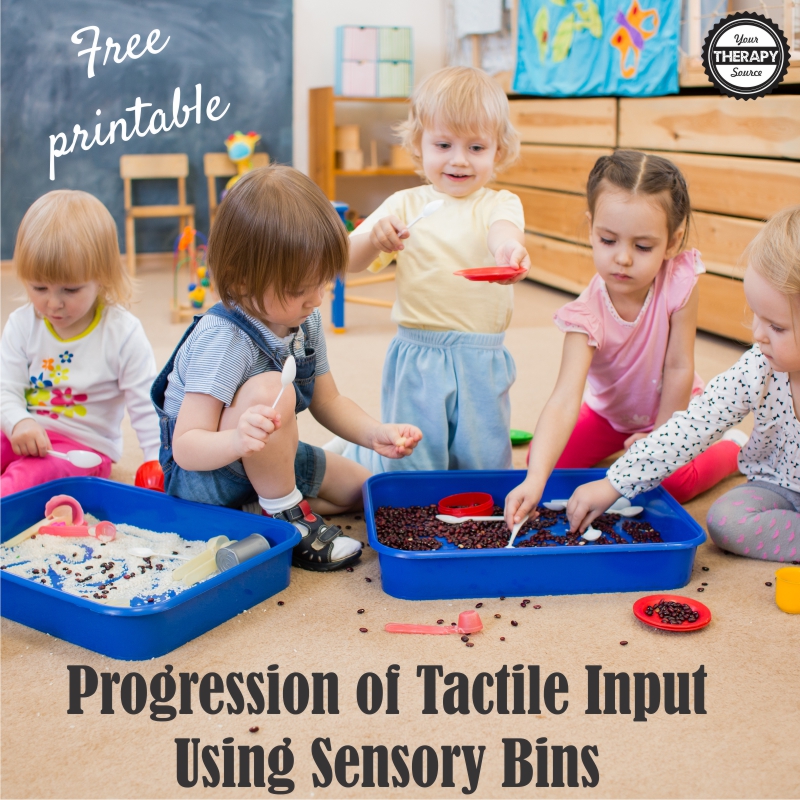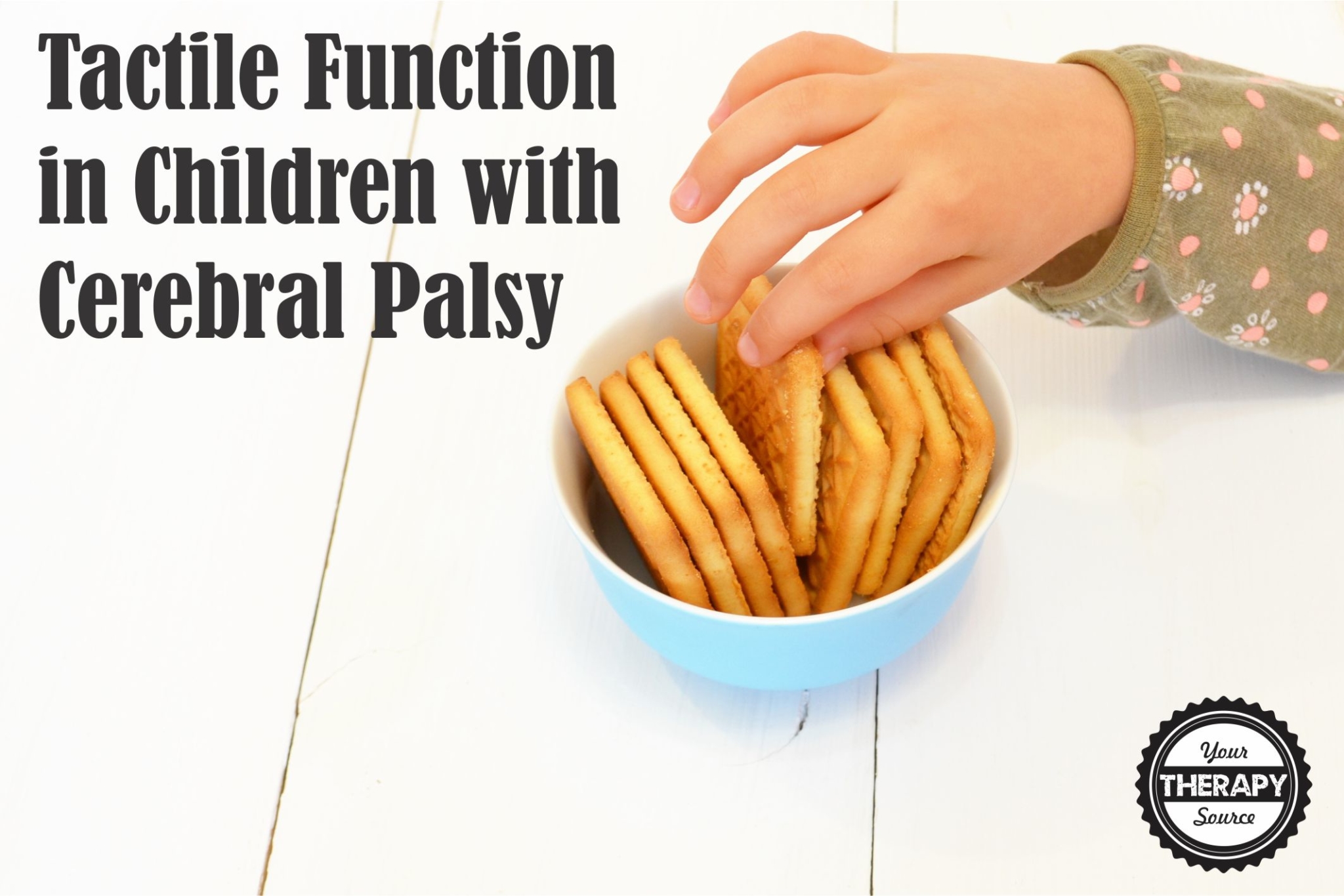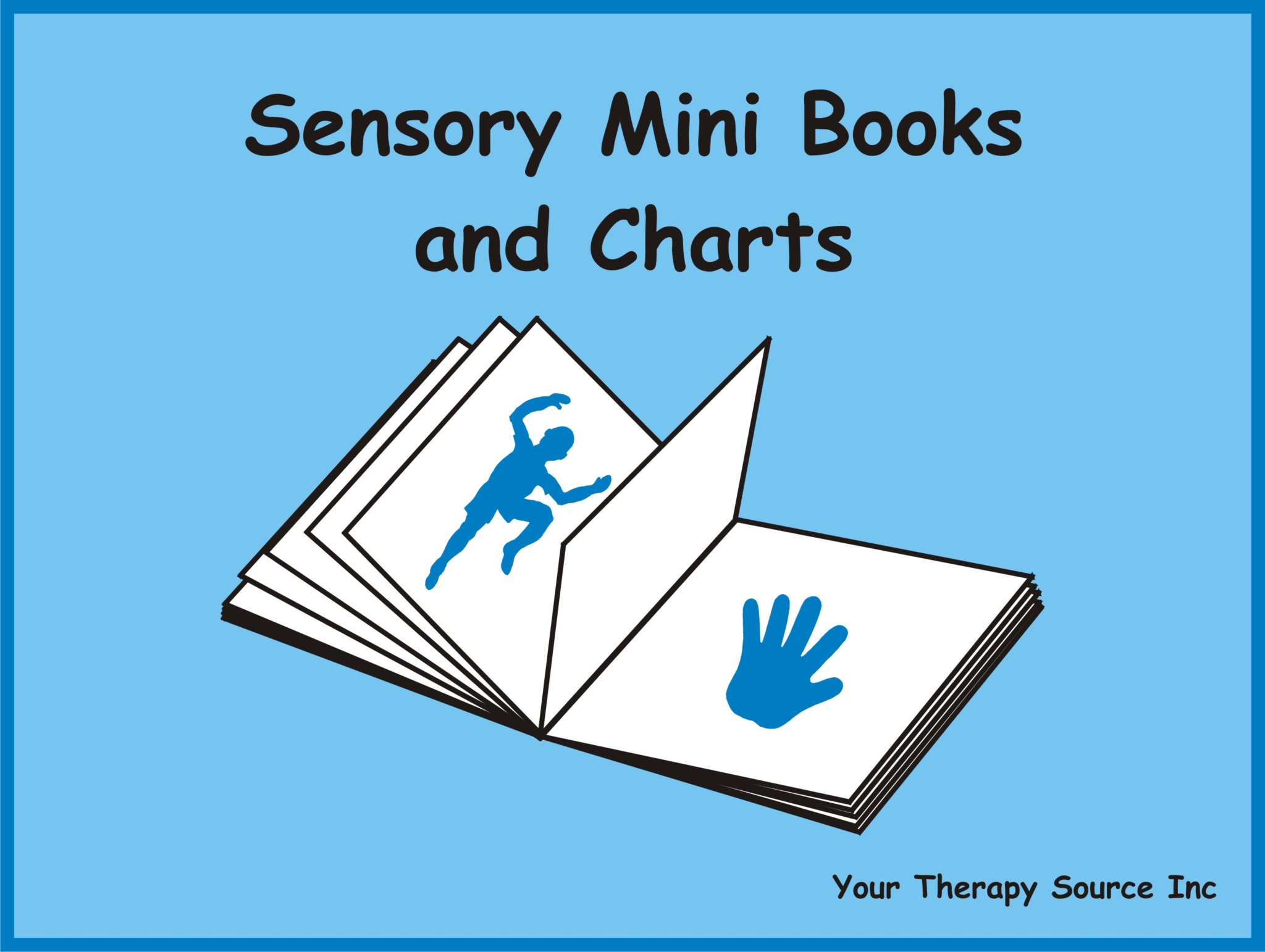Progression of Tactile Input Using Sensory Bins
Progression of Tactile Input Using Sensory Bins The tactile system provides information to the brain on light touch, pain, temperature, and pressure. Children can experience decreased ability to interpret tactile input or can be oversensitive to tactile input. Many early childhood classrooms and parents provide children with sensory bins to explore various types of tactile […]



